Search
Search Results
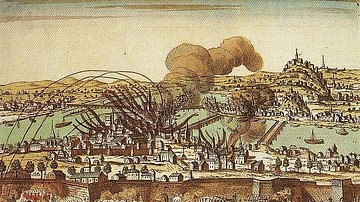
Definition
Revolt of Lyon
The Revolt of Lyon against the rule of the National Convention was a counter-revolutionary rebellion that played a role in both the Federalist Revolts and the Reign of Terror during the period of the French Revolution (1789-1799). Beginning...
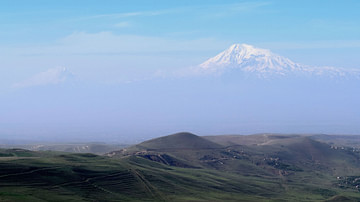
Definition
Mount Ararat
Mount Ararat (Armenian: Masis; Turkish: Ağrı Dağı; Kurdish: Çiyaye Agiri; Azeri: Ağrıdağ; Persian: Kūh-e Nūḥ) is a dormant, compound volcanic mountain, consisting of two ancient volcanic peaks, located in present-day eastern Turkey very close...

Definition
Solomon Northup - 12 Years a Slave
Solomon Northup (circa 1807/1808 to circa 1857/1864) was a free-born African American living in New York State when he was kidnapped in 1841 and sold into slavery. Northup was held in bondage for 12 years before he was freed through the efforts...
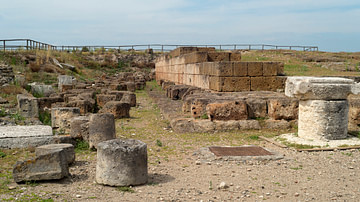
Definition
Vulci
Vulci (Velch) was an Etruscan city located 12 km from the western coast of central Italy by the banks of the Fiora River. Flourishing as a trading port between the 6th and 4th century BCE, it was an important member of the Etruscan League...
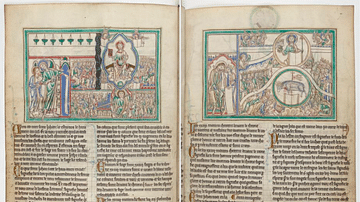
Definition
Book of Revelation
The book of Revelation or the Apocalypse of John of Patmos is one of the most famous books in the New Testament. Written near the end of the 1st century CE, it is the only apokalypsis (Greek: "unveiling of unseen realities") that was included...

Image
Acroterion Statue of Typhon
Terracotta acroterion statue of Typhon, the "Father of All Monsters". From Gabii, Italy, 6th century BCE. Typhon was the most powerful of all Greek monsters. He was a winged giant with the head, arms, and torso of a man, had pointed ears...

Article
Fall of Maximilien Robespierre
The fall of Maximilien Robespierre, or the Coup of 9 Thermidor, was a series of events that resulted in the arrests and executions of Robespierre and his allies on 27-28 July 1794. It signaled the end of the Reign of Terror, the end of Jacobin...
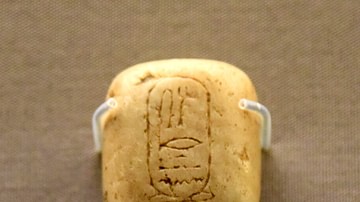
Article
Trade in Ancient Egypt
Trade has always been a vital aspect of any civilization whether at the local or international level. However many goods one has, whether as an individual, a community, or a country, there will always be something one lacks and will need...

Article
Trade in Ancient Mesopotamia
Local trade in ancient Mesopotamia began in the Ubaid Period (c. 5000-4100 BCE), had developed into long-distance trade by the Uruk Period (c. 4100-2900 BCE), and was flourishing by the time of the Early Dynastic Period (2900-2334 BCE). Developments...

Article
The Mesopotamian Pantheon
The gods of the Mesopotamian region were not uniform in name, power, provenance or status in the hierarchy. Mesopotamian culture varied from region to region and, because of this, Marduk should not be regarded as King of the Gods in the same...